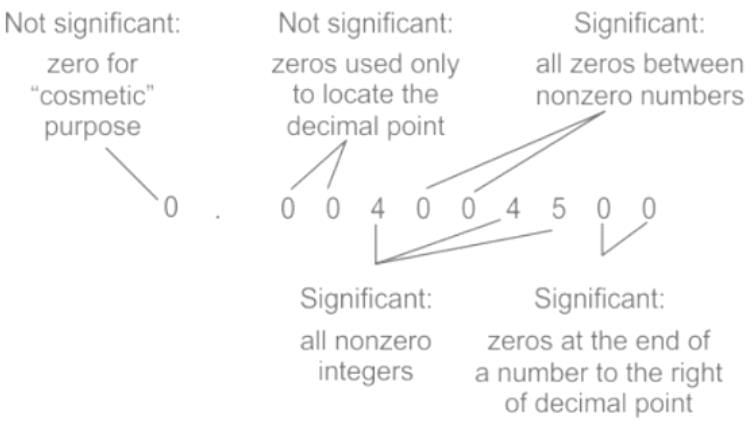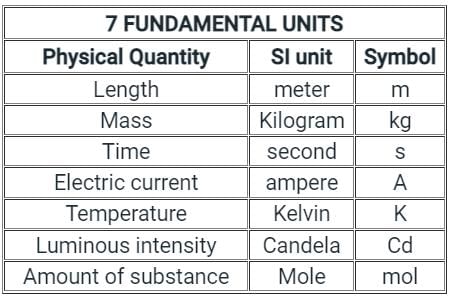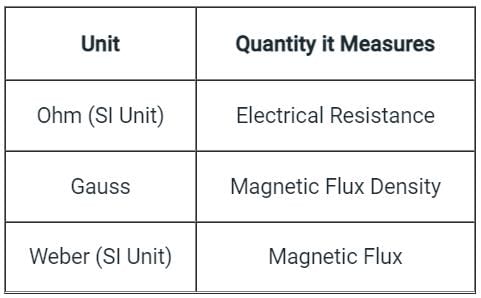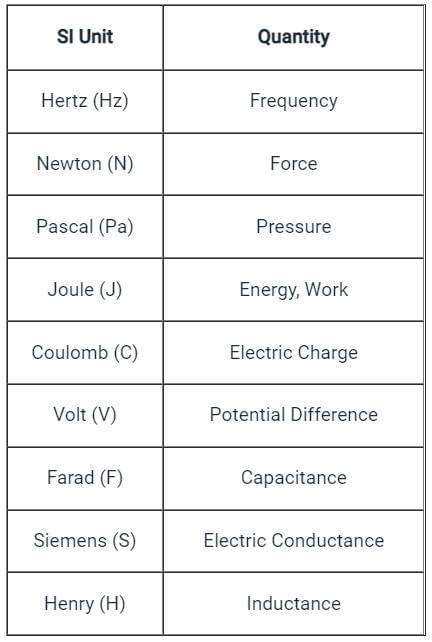Grade 12 Exam > Grade 12 Tests > Test: Units and Measurements - Grade 12 MCQ
Test: Units and Measurements - Grade 12 MCQ
Test Description
10 Questions MCQ Test - Test: Units and Measurements
Test: Units and Measurements for Grade 12 2025 is part of Grade 12 preparation. The Test: Units and Measurements questions and answers have been prepared
according to the Grade 12 exam syllabus.The Test: Units and Measurements MCQs are made for Grade 12 2025 Exam.
Find important definitions, questions, notes, meanings, examples, exercises, MCQs and online tests for Test: Units and Measurements below.
Solutions of Test: Units and Measurements questions in English are available as part of our course for Grade 12 & Test: Units and Measurements solutions in
Hindi for Grade 12 course.
Download more important topics, notes, lectures and mock test series for Grade 12 Exam by signing up for free. Attempt Test: Units and Measurements | 10 questions in 10 minutes | Mock test for Grade 12 preparation | Free important questions MCQ to study for Grade 12 Exam | Download free PDF with solutions
Test: Units and Measurements - Question 1
Which is not the dimensions of frequency? (R = resistance, L = inductance, C = capacitance)
Detailed Solution for Test: Units and Measurements - Question 1
Detailed Solution for Test: Units and Measurements - Question 2
Detailed Solution for Test: Units and Measurements - Question 3
Detailed Solution for Test: Units and Measurements - Question 4
Detailed Solution for Test: Units and Measurements - Question 5
Detailed Solution for Test: Units and Measurements - Question 6
Detailed Solution for Test: Units and Measurements - Question 7
Test: Units and Measurements - Question 8
The SI unit of work function of a metal used in photoelectric effect is
Detailed Solution for Test: Units and Measurements - Question 8
Detailed Solution for Test: Units and Measurements - Question 9
Detailed Solution for Test: Units and Measurements - Question 10
Information about Test: Units and Measurements Page
In this test you can find the Exam questions for Test: Units and Measurements solved & explained in the simplest way possible.
Besides giving Questions and answers for Test: Units and Measurements, EduRev gives you an ample number of Online tests for practice
Download as PDF






























